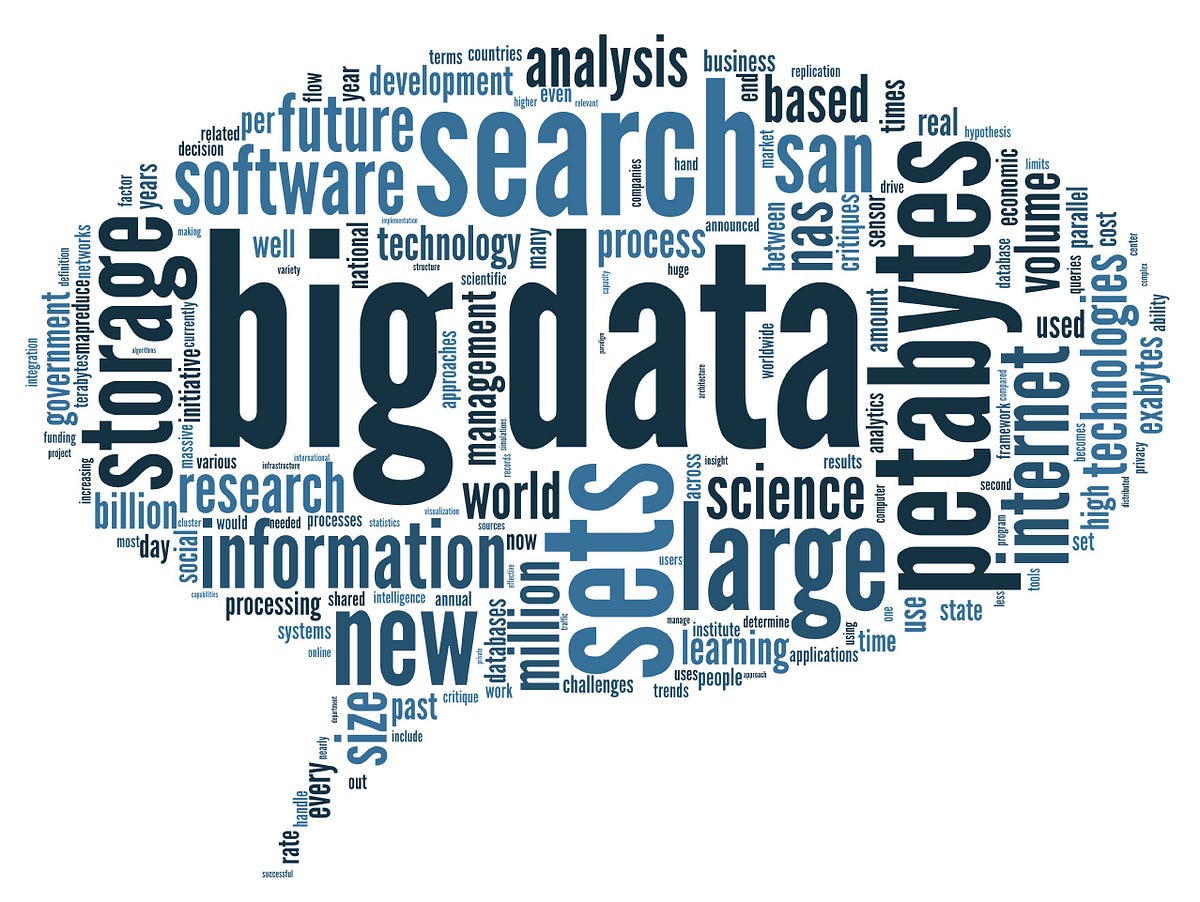Python is a popular programming language that can be used in many different disciplines. It is a great choice for beginners who want to learn to program, as well as for experienced developers looking for an alternative to more complex languages.
Python is a text-based programming language designed for readability. It uses indentation to mark commands, loops and if/else statements. This makes the code easier to understand and reduces ambiguity.
It is an interpreted language
Python is an interpreted language, meaning that it executes code line by line rather than compiling it first into machine instructions. This process is known as “interpretation.” This makes it a fast and flexible programming language. Python is widely used to write web applications, desktop software (such as Calibre and Blender), and for a variety of scientific, statistical, mathematical, and other types of specialized computing.
To interpret Python code, the Python interpreter breaks down the text into smaller units called tokens, which are words, symbols, and identifiers. It then analyzes these tokens to create a parse tree representing the syntactic structure of the source code. The Python interpreter then translates the source code into bytecode, which is executed at runtime.
The Python interpreter is platform-independent and can be used on a wide range of systems. This flexibility makes it easy to engage in rapid edit-test-debug cycles, and developers can quickly produce prototypes. Additionally, Python has a rich standard library that allows developers to build complex functions without writing them themselves.
It is object-oriented
Python is a general-purpose, interpreted object-oriented programming language. Its simple syntax emphasizes readability and encourages code reuse. Its extensive standard library includes modules and packages, which make it easy to integrate with existing software systems. In addition, its built-in data structures and ad hoc function creation support rapid application development. Its high-level features and strong typing also help reduce maintenance costs.
Python is a type-safe, dynamically typed, object-oriented programming language. Unlike most other languages, Python does not require compilation before execution, which allows changes to be made quickly and easily. Python is an interpreted language, meaning that its syntax is translated to machine code on-the-fly. This makes it fast and reliable. It also allows code to be organized into classes, allowing for easy reuse of functions.
It is dynamic
Python has become one of the most popular programming languages, thanks to its high level data structures and dynamic typing. It has a wide range of libraries and is supported by a large community of developers. Python is used to develop applications, scripting, graphical programs, software for mobile devices and even AI frameworks like Google TensorFlow.
Python is a dynamically typed language, meaning its interpreter does not need to know the types of objects in a program before it runs the code. In contrast, statically typed languages like C, C++ and Java require the programmer to specify the types of variables.
Python’s dynamic typing system allows the variable’s data type to be determined at runtime, which simplifies rapid prototyping and iterative development. It also eliminates the need for explicit type declarations and helps increase developer productivity. In addition, python offers a clean syntax that makes it easier to read than many other programming languages. In addition, it uses new lines to separate commands rather than using semicolons or parentheses.
It is easy to learn
Python is one of the world’s most popular programming languages, with 15.7 million developers according to Stack Overflow. It has many applications, including automation and the ability to process and analyze data. You can create a command-line interface, automate Excel spreadsheets, or even build a web scraper to gather public data. Python is also flexible, allowing you to access thousands of libraries to make your code more useful.
Python’s syntax resembles English, and its object-oriented features make it easier to write programs. It is a dynamically typed language, meaning that one line of code can have multiple meanings. This flexibility helps make Python more readable and less stressful to maintain.
You can learn python by yourself, but it is best to have a clear goal before starting. If you can afford to work a job while learning python, it’s more likely that you will be able to stay motivated and progress faster. However, if money is an issue, you should first work on getting a stable income before considering programming.

